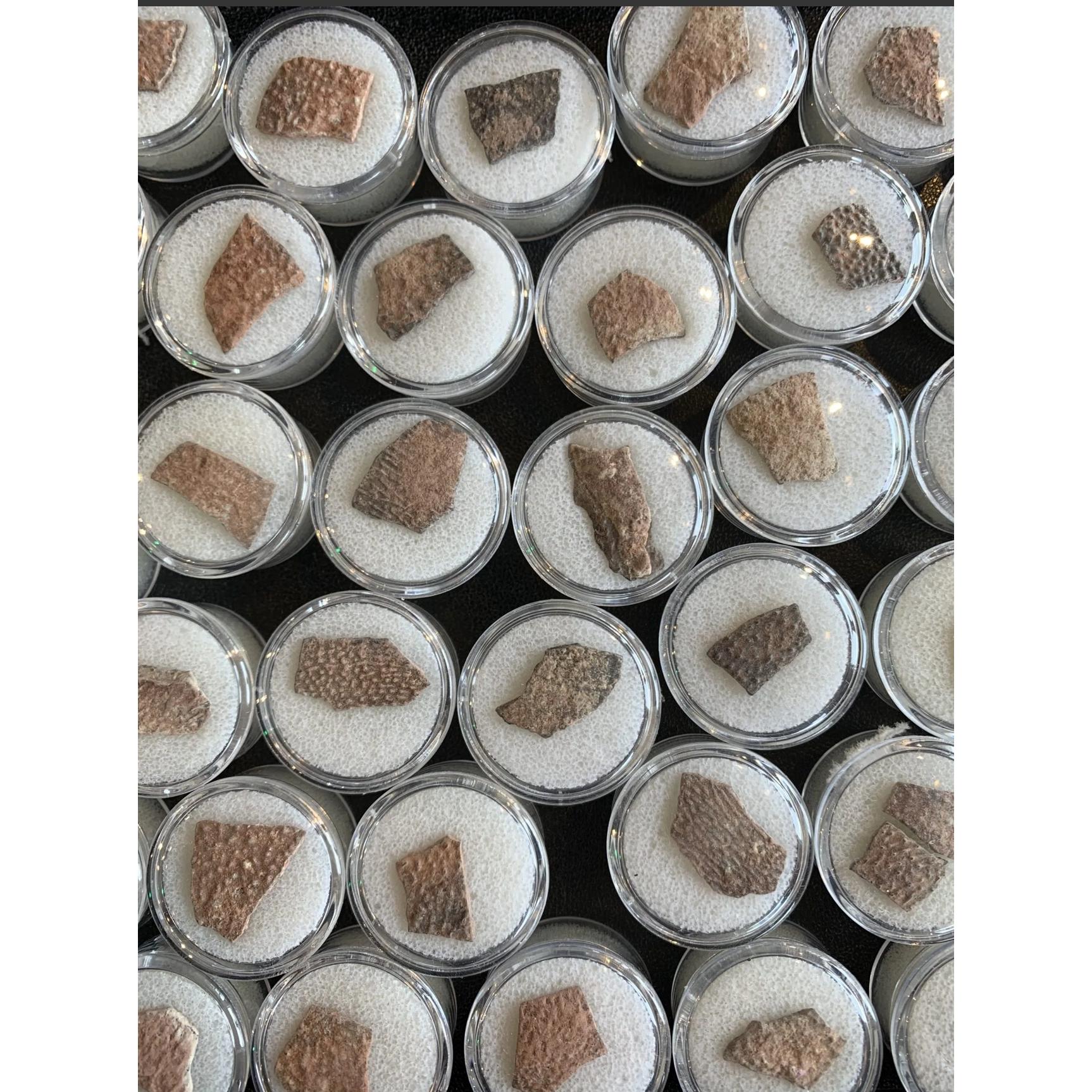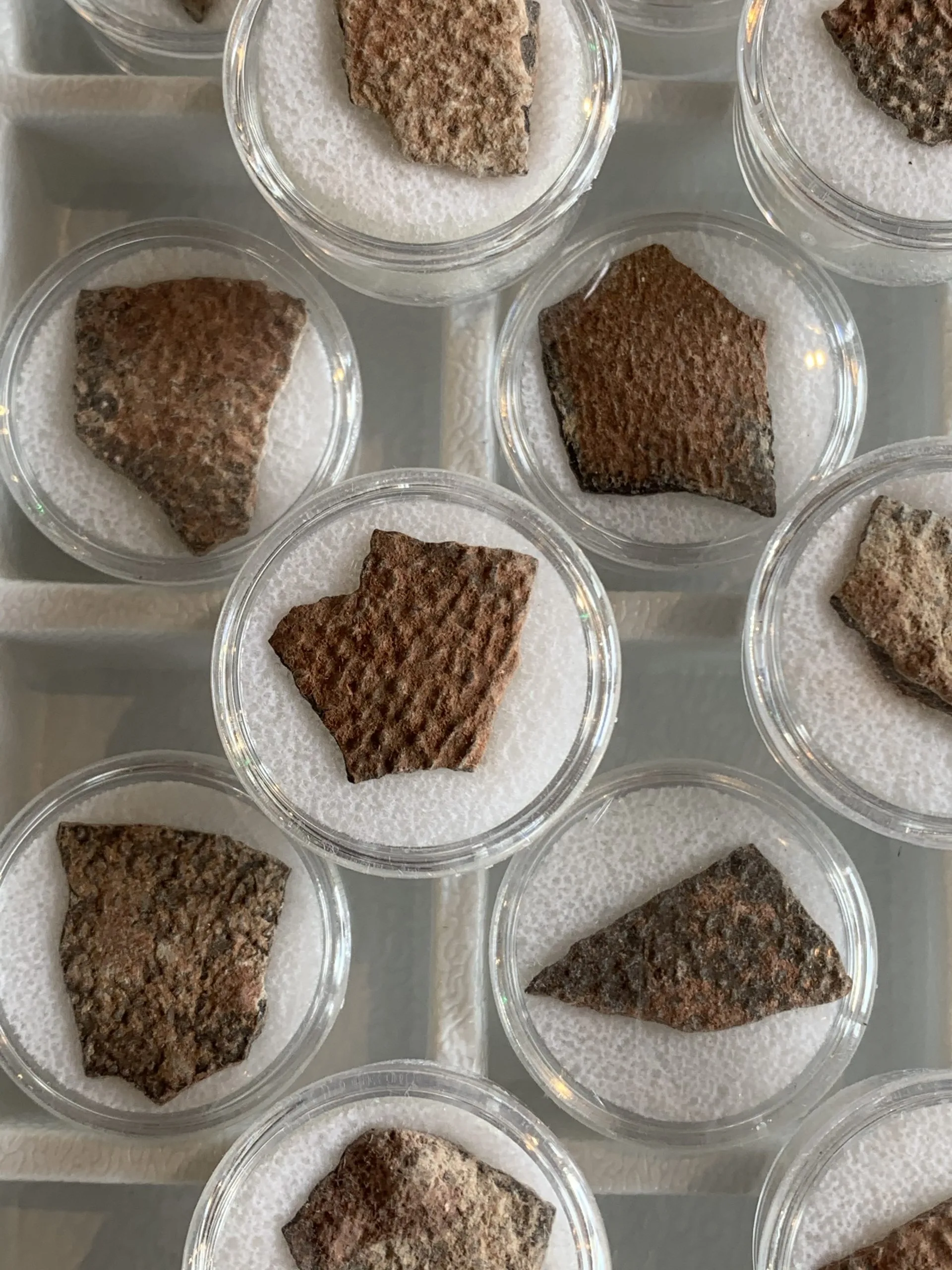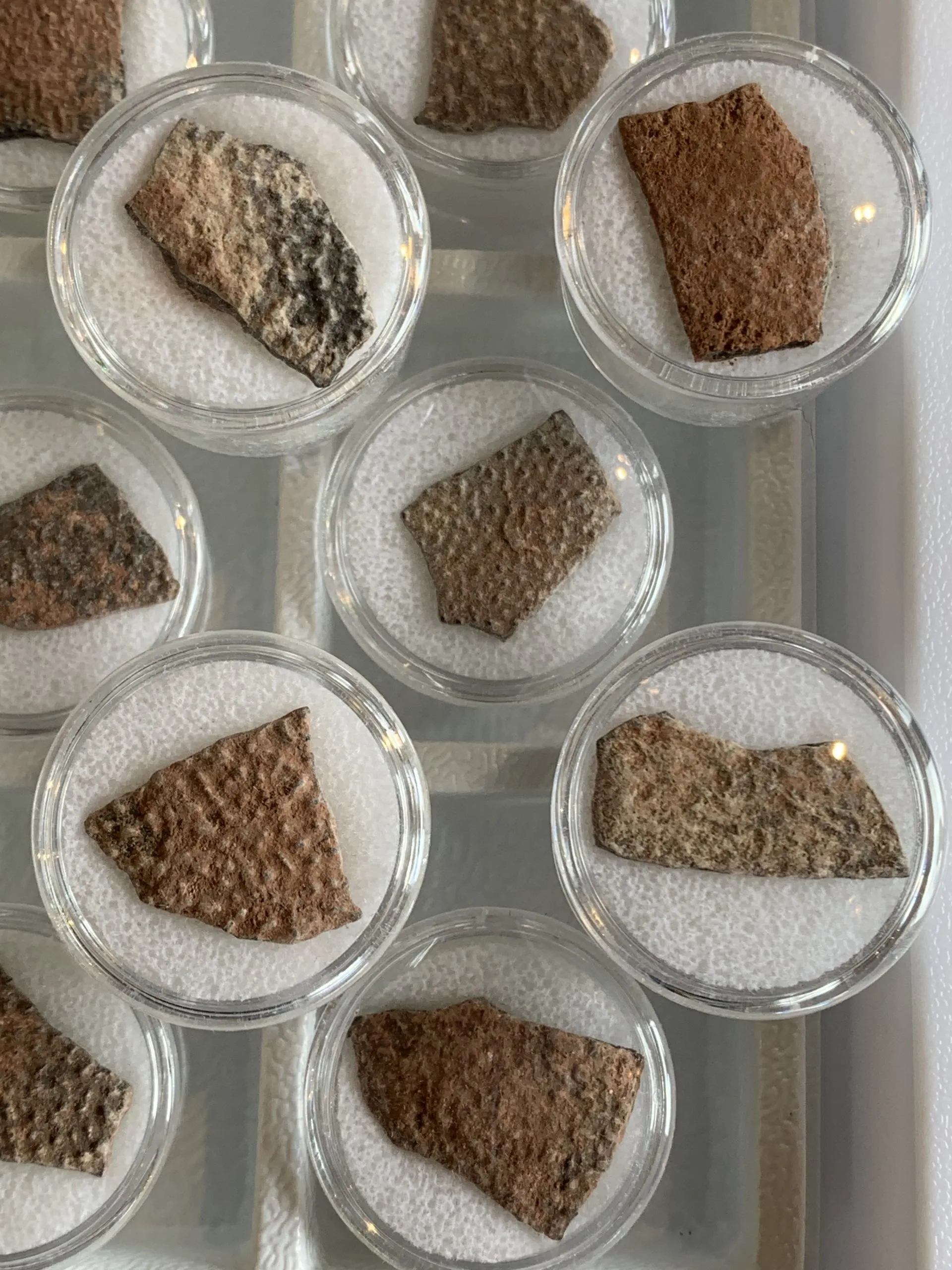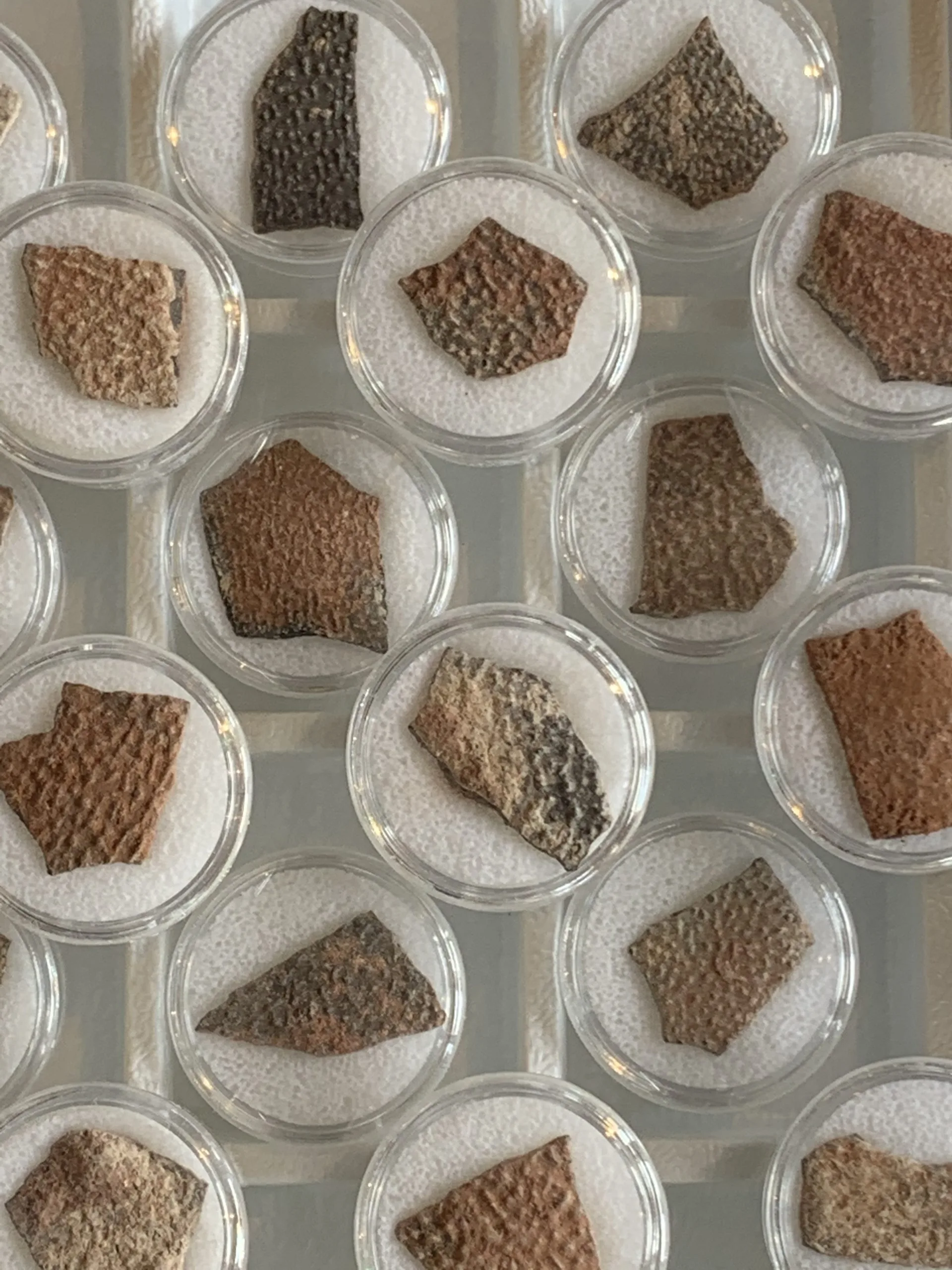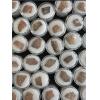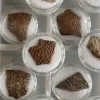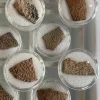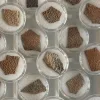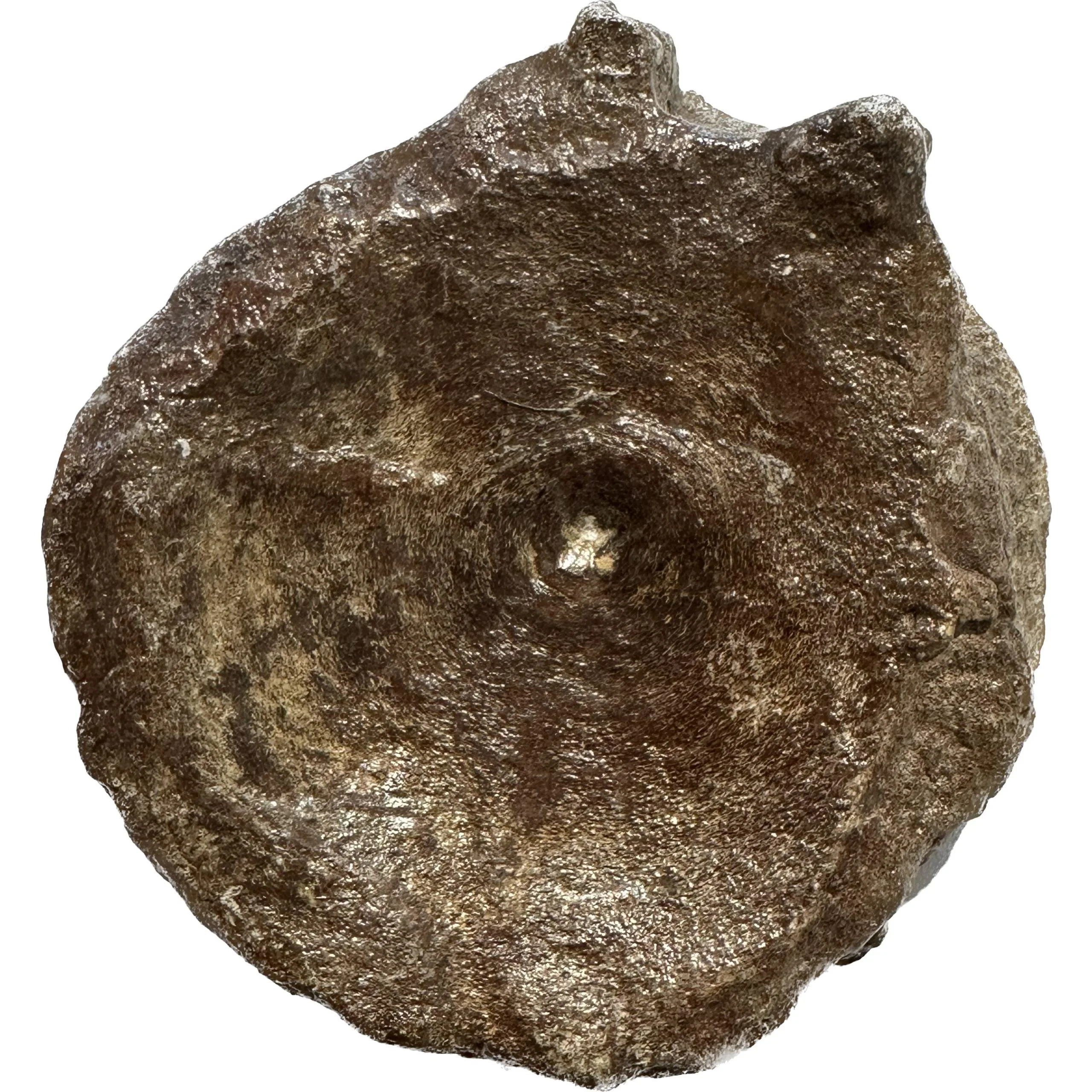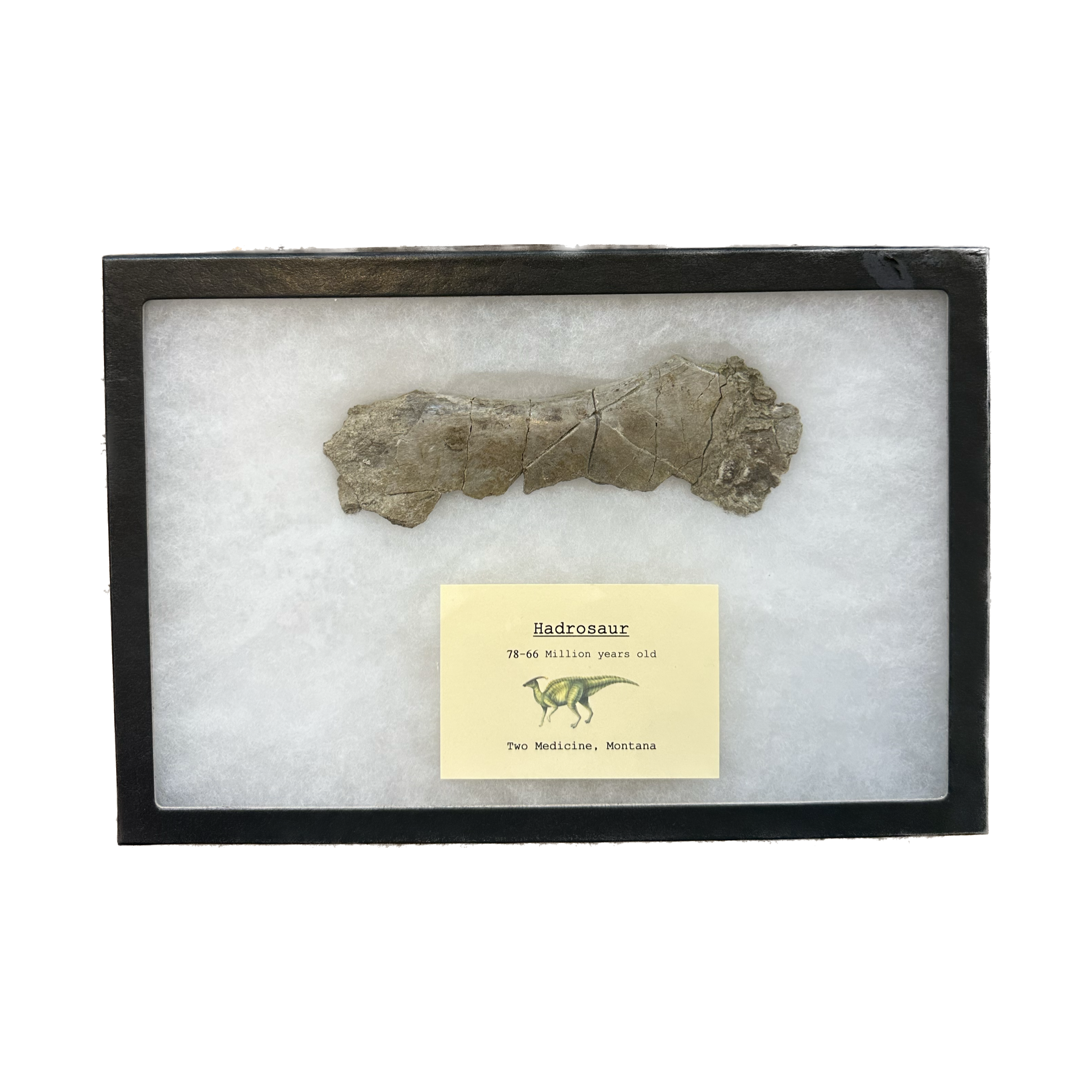Oviraptor eggshell, genuine
Oviraptor is a genus of small, feathered theropod dinosaurs that lived during the Late Cretaceous period, approximately 75 to 71 million years ago. These intriguing creatures, whose name means “egg thief,” were initially misunderstood but have since been recognized as complex and fascinating members of the dinosaur lineage.
<img class=”aligncenter size-full wp-image-36239″ src=”https://a27723.p6850.c1.store.godaddywp.com/wp-content/uploads/2020/04/Oviraptor_UDL-e1717710244912.jpg” alt=”” width=”598″ height=”346″ />
The first Oviraptor fossil was discovered in the Gobi Desert of Mongolia in 1923 by the American Museum of Natural History expedition. The specimen was found atop a nest of eggs, leading paleontologists to believe it was attempting to steal and eat them, hence the name Oviraptor. However, later studies revealed that the eggs actually belonged to the Oviraptor itself, suggesting it was brooding over its nest, much like modern birds. This discovery significantly changed our understanding of the behavior and biology of these dinosaurs.
Oviraptor was relatively small compared to other theropods, measuring about 1.5 to 2 meters (5 to 6.5 feet) in length and weighing approximately 20 to 30 kilograms (44 to 66 pounds). It had a beak-like mouth with no teeth, a feature that distinguishes it from many other theropods. The beak was likely adapted for a specialized diet, which may have included a variety of foods such as plants, small animals, eggs, and shellfish. The presence of strong jaws suggests that it could crush hard food items, possibly indicating a diet that included hard-shelled prey.
One of the most striking features of Oviraptor is its crest, a bony structure atop its head. The function of this crest is not entirely clear, but it may have been used for display purposes, species recognition, or even vocalization. The crest, combined with the presumed presence of feathers, suggests that Oviraptor had a bird-like appearance and behavior.
Oviraptor’s limbs were well-adapted for its lifestyle. It had long, slender legs that indicate it was a capable runner, likely using its speed to evade predators and possibly to chase down prey. Its arms were also notable, equipped with strong, curved claws that could have been used for grasping and manipulating objects, digging for food, or even defending its nest.
The discovery of Oviraptor nests and the association of adults with eggs provide compelling evidence of parental care, a behavior that is common among modern birds. This finding supports the idea that many behaviors seen in birds today, such as brooding and caring for offspring, were present in some theropod dinosaurs. The eggs of Oviraptor were elongated and arranged in circular patterns within the nest, further indicating a sophisticated nesting behavior.
Oviraptor lived in a diverse and dynamic ecosystem alongside other dinosaurs like Velociraptor, Protoceratops, and various herbivorous species. Its adaptations and behaviors reflect a versatile and opportunistic lifestyle, allowing it to exploit different ecological niches within its environment.

